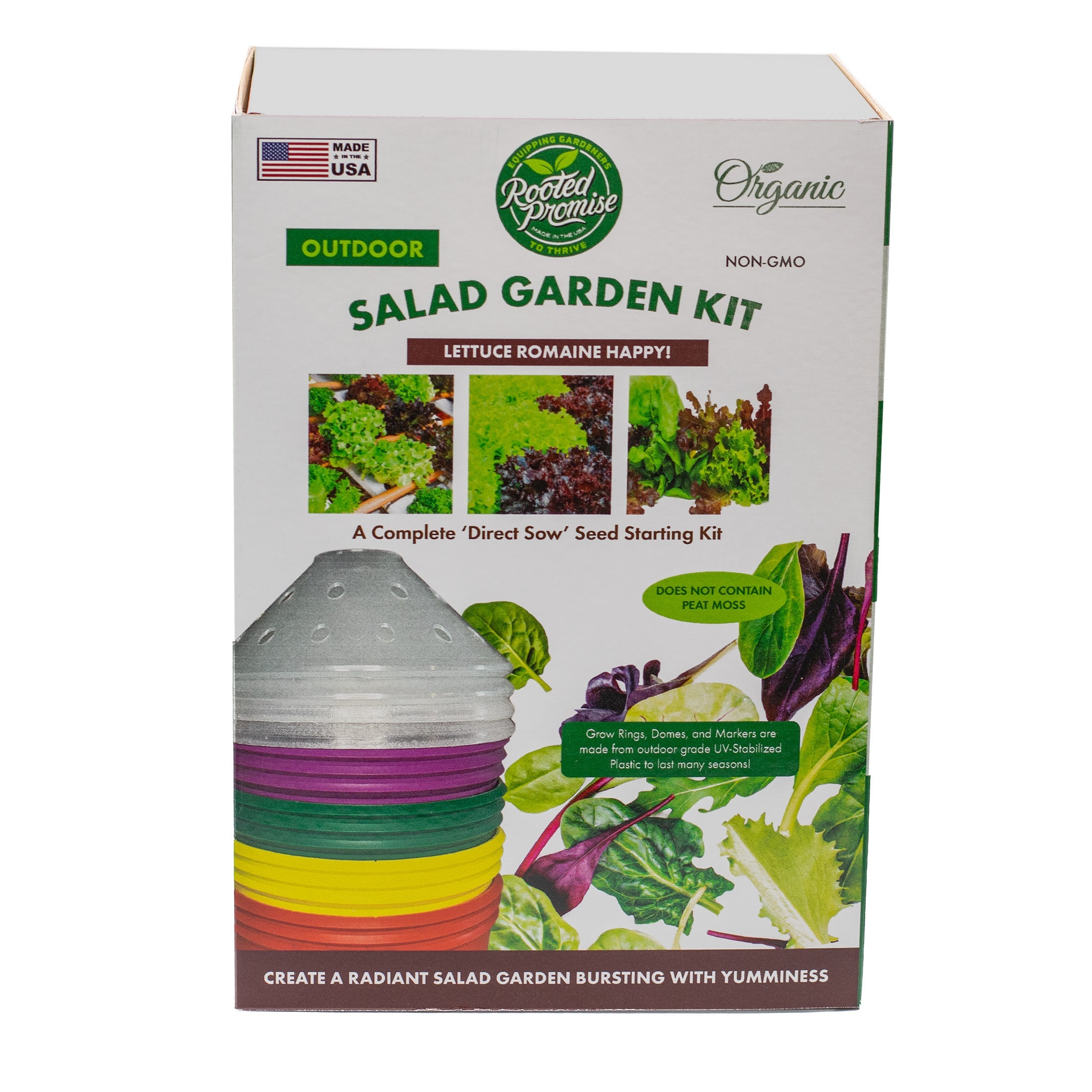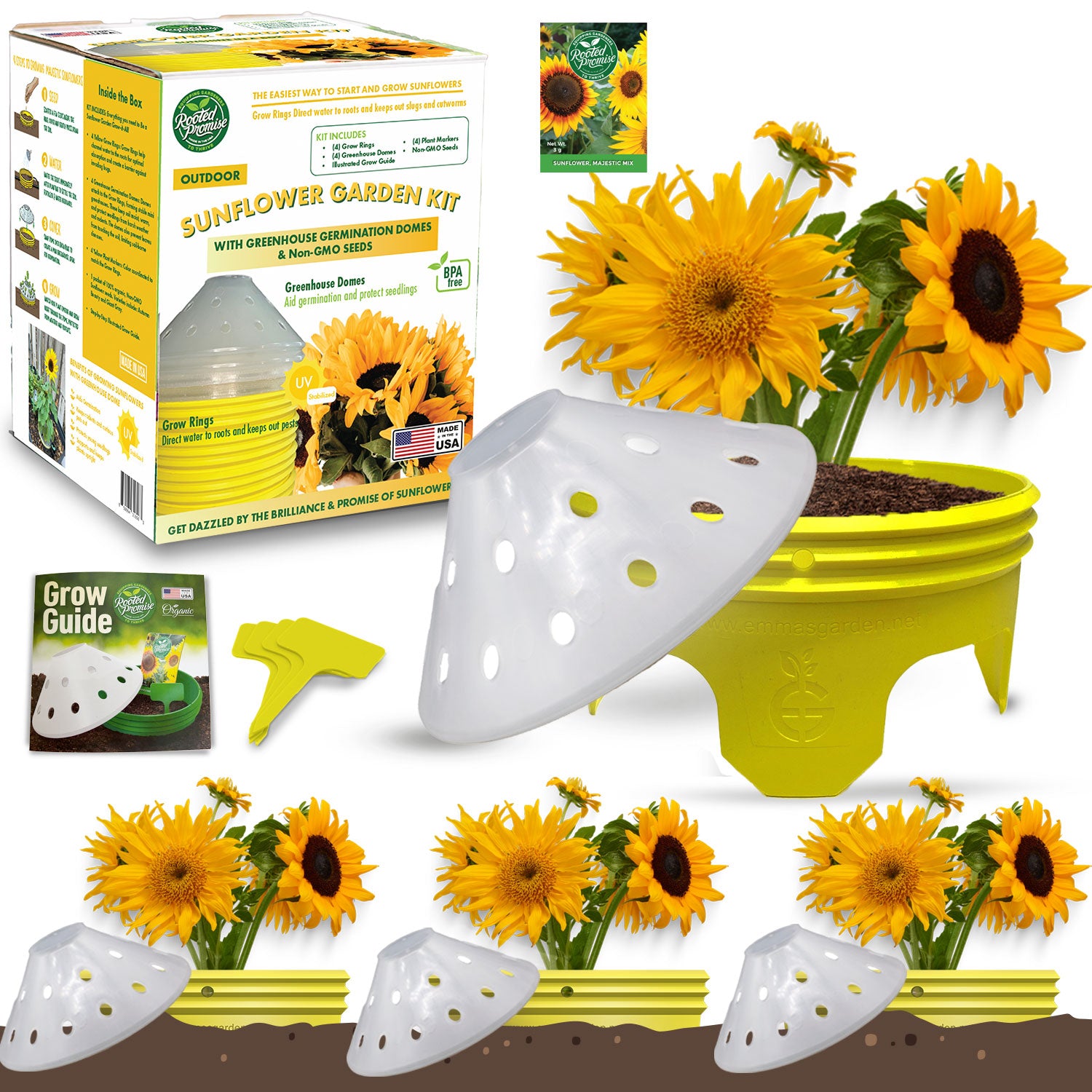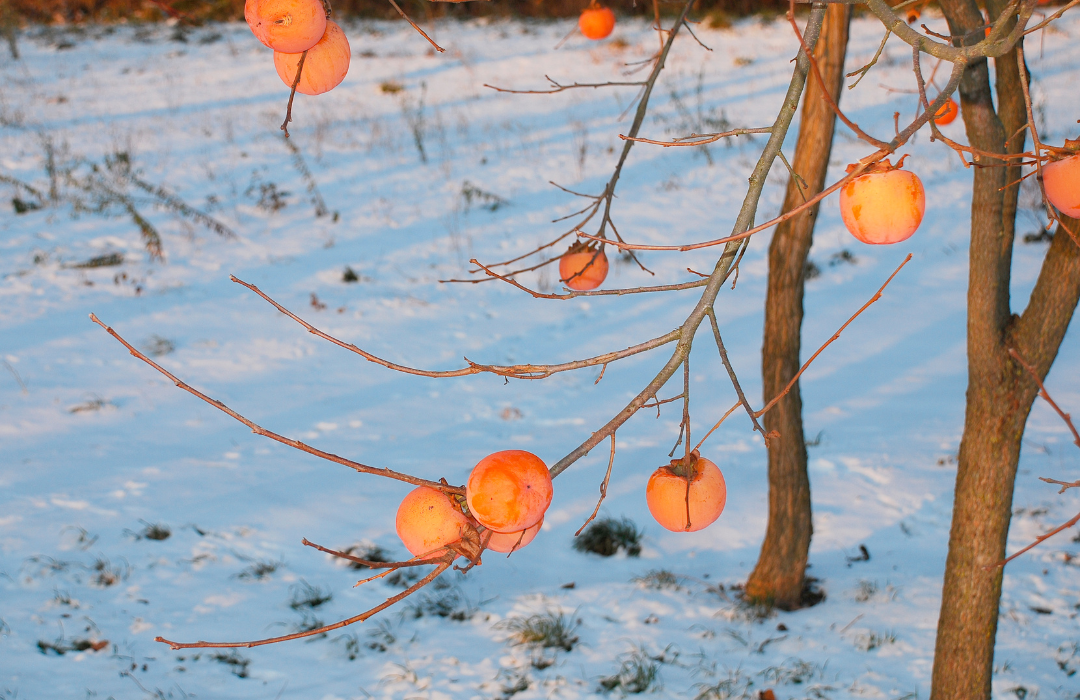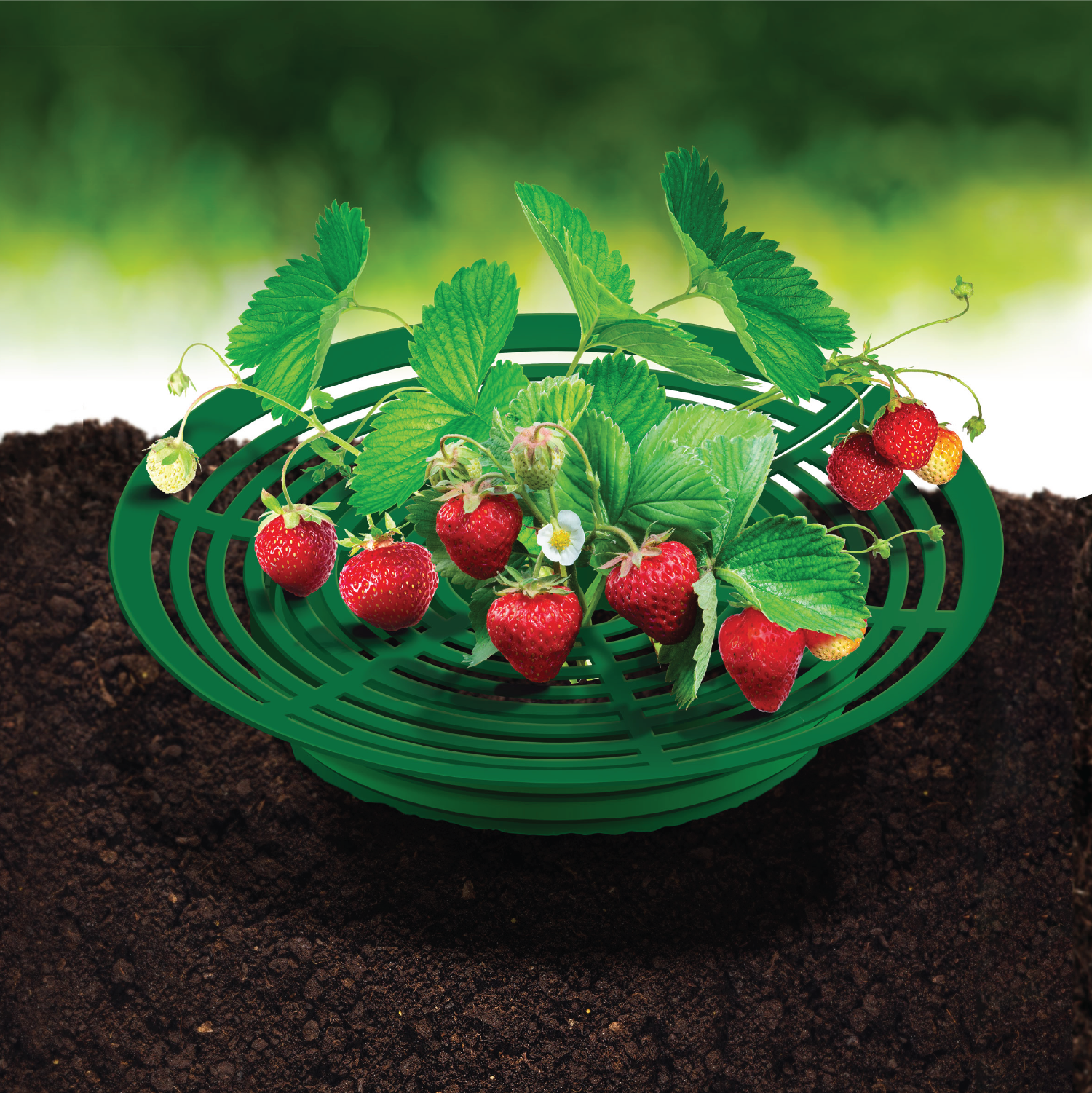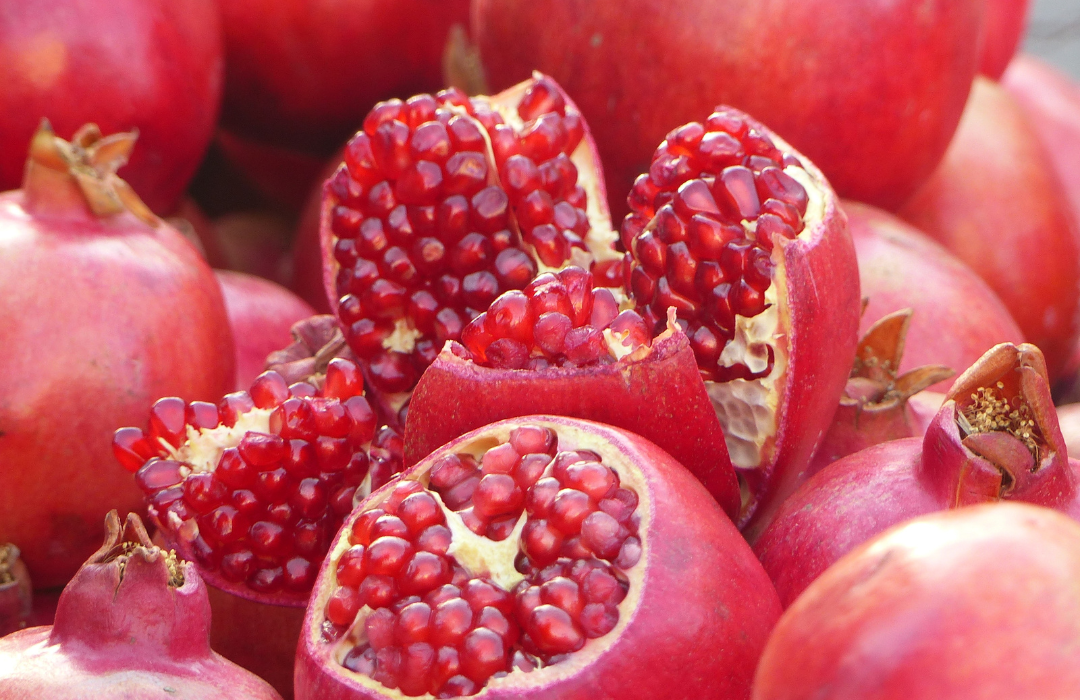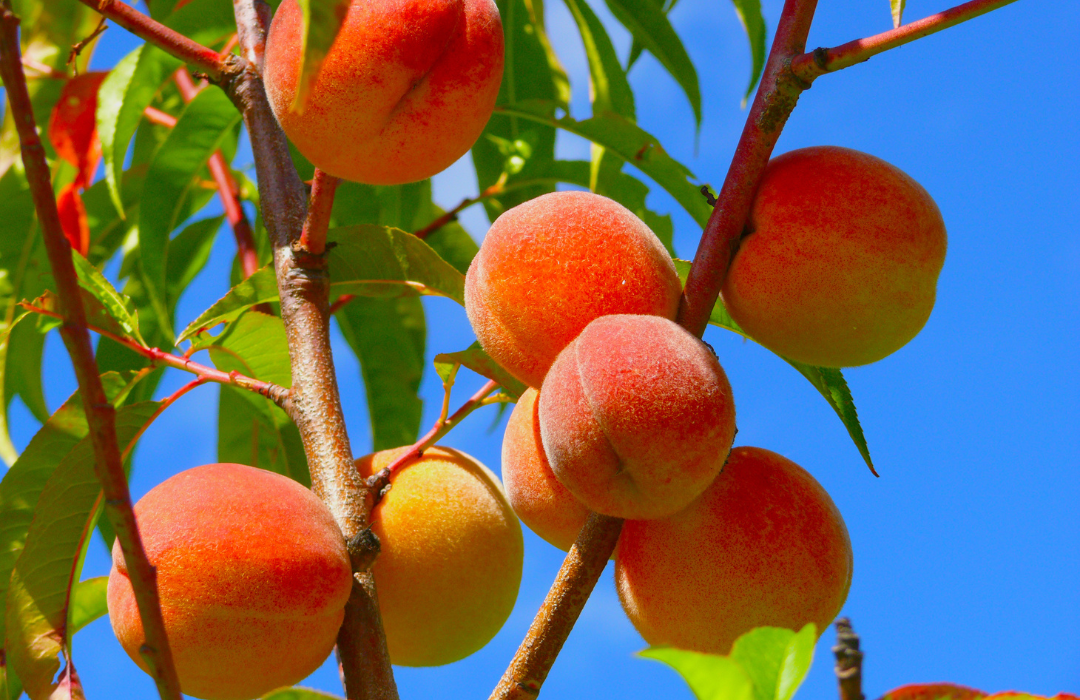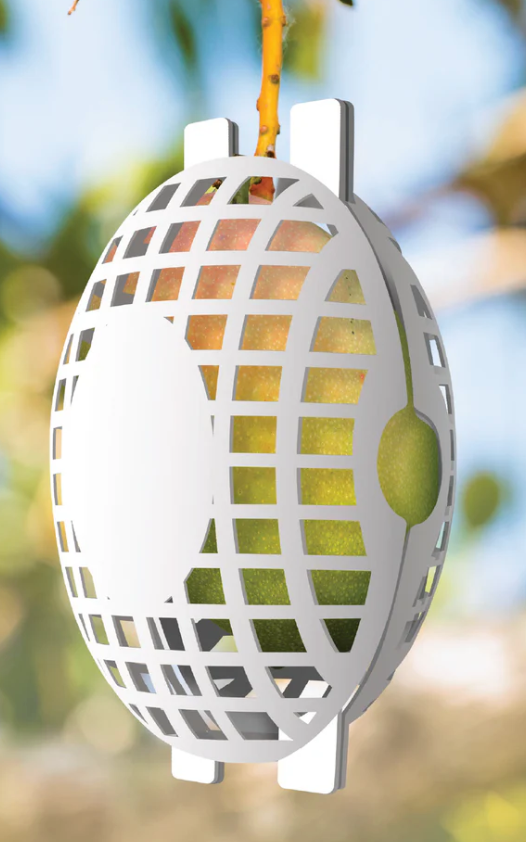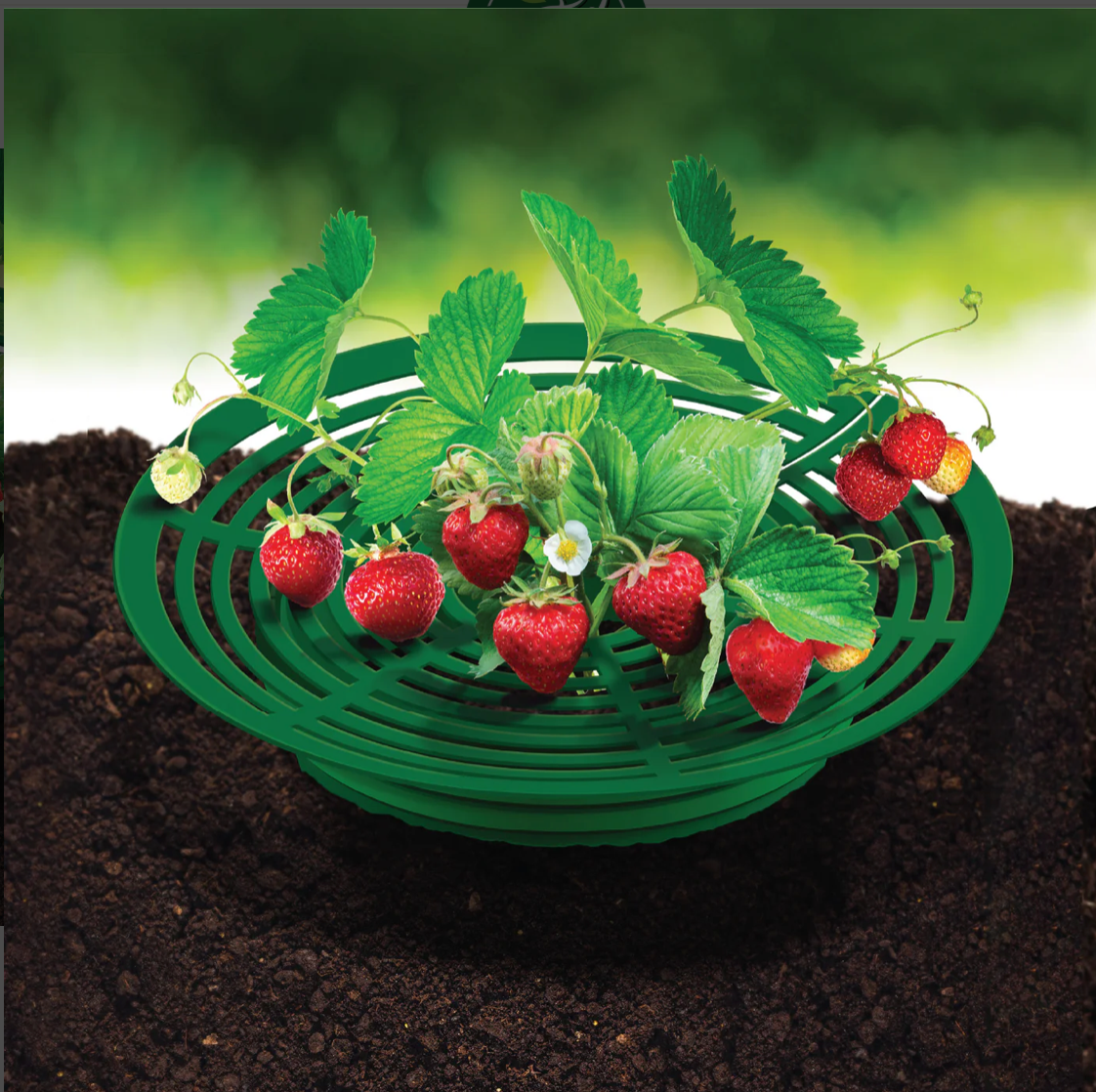Introduction
Picture an early spring morning, the sun barely peeking over the horizon, casting a warm glow over your flourishing orchard. The air is crisp, and the promise of a bountiful harvest lingers in the gentle rustle of leaves. But suddenly, your heart skips a beat as you hear the forecast: a freeze is on the way. Will this icy intruder spell disaster for your beloved fruit trees?
Let's unravel the mysteries of how a freeze might affect these delicate plants.
Table of Content
- The Science Behind Frost Damage
- Recognizing the Signs of Freeze Impact
- Strategies for Protecting Your Orchard
- Key Takeaways
- FAQ Section
- Conclusion
The Science Behind Frost Damage
To understand the effects of a freeze on fruit trees, we must first delve into the chilling embrace of frost itself. Frost occurs when temperatures drop below freezing, causing water within plant cells to form ice crystals. This process can rupture cell walls, akin to tiny explosions within the tree's tissues, potentially leading to significant damage.
Different fruit trees have varying thresholds for cold tolerance. For instance, apple trees boast an impressive resilience, often withstanding mild frosts without batting an eye. In contrast, peach trees are more like fragile porcelain, susceptible to even the slightest touch of frost.
Recognizing the Signs of Freeze Impact
As you stroll through your orchard, keep a keen eye out for the telltale signs that a freeze may have left its mark:
- Blackened or Wilted Blossoms: Much like a wilted bouquet, blossoms exposed to frost may turn black and droopy.
- Bark Splitting: The bark may crack or split due to internal pressure from expanding ice.
- Leaf Discoloration: Leaves may show signs of necrosis, turning brown or black along their edges.
For further insights into plant physiology under cold stress, explore the fascinating study conducted by NCBI.
Strategies for Protecting Your Orchard
While nature can be unpredictable, proactive measures can serve as your orchard's shield against frost's icy grasp. Consider these strategies:
Insulating Blankets of Protection
Much like wrapping oneself in a warm blanket on a chilly night, covering fruit trees with frost cloths or burlap can provide essential insulation. This protective layer traps heat radiating from the ground, creating a cozy microclimate for your trees.
Wind Machines: Guardians in the Sky
Wind machines circulate warmer air from above, preventing cold air from settling around your trees. A strategic defense against frost's creeping tendrils.
Irrigation: A Paradoxical Shield
Water, when applied wisely, can act as both a sword and shield against frost. By spraying water onto trees before a freeze, ice forms around buds and blooms, releasing latent heat and protecting them from damage. It's nature's paradox at play.
For comprehensive guidance on frost protection techniques, consult resources from Penn State Extension.
Key Takeaways
- A freeze can cause significant damage to fruit trees if not adequately prepared for.
- Understanding your specific tree species' cold tolerance is crucial.
- Proactive measures such as frost cloths, wind machines, and irrigation can mitigate potential damage.
FAQ Section
What temperature is too cold for fruit trees?
The critical temperature varies by fruit type. For instance, apple trees can tolerate temperatures as low as 28°F during bloom, while peach trees are more vulnerable at similar temperatures.
Can I use household items to protect my trees?
Yes, items like blankets, sheets, and tarps can offer temporary protection during unexpected frosts.
How do I know if my tree has recovered from frost damage?
Monitor new growth in the weeks following a freeze. If leaves and flowers begin to emerge healthy and vibrant, recovery is underway.
Conclusion
Embrace the knowledge of frost protection techniques and let your orchard thrive against all odds. So when the next forecast whispers of a chill in the air, you'll stand resolute, ready to safeguard your precious fruit-bearing companions.

